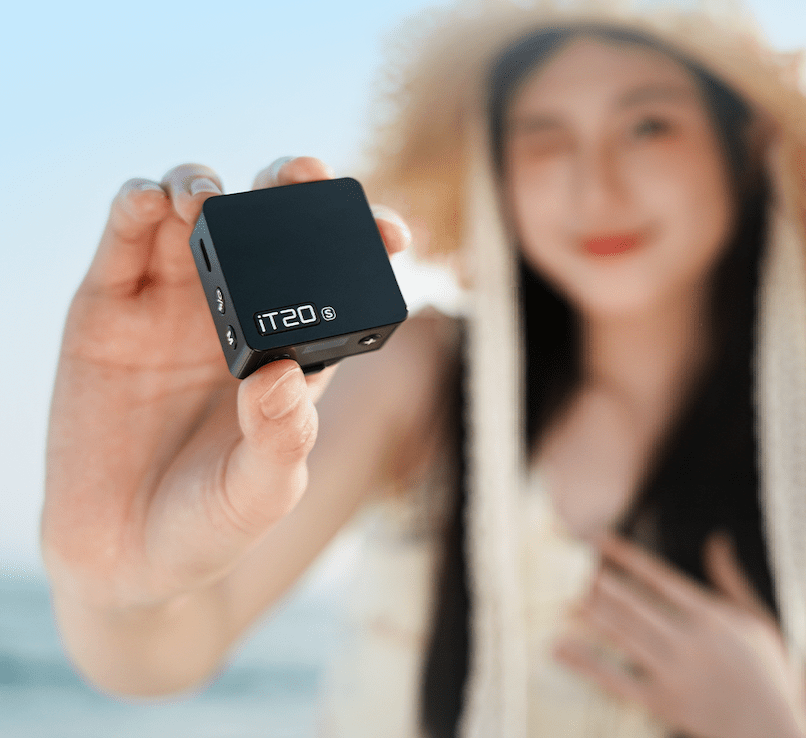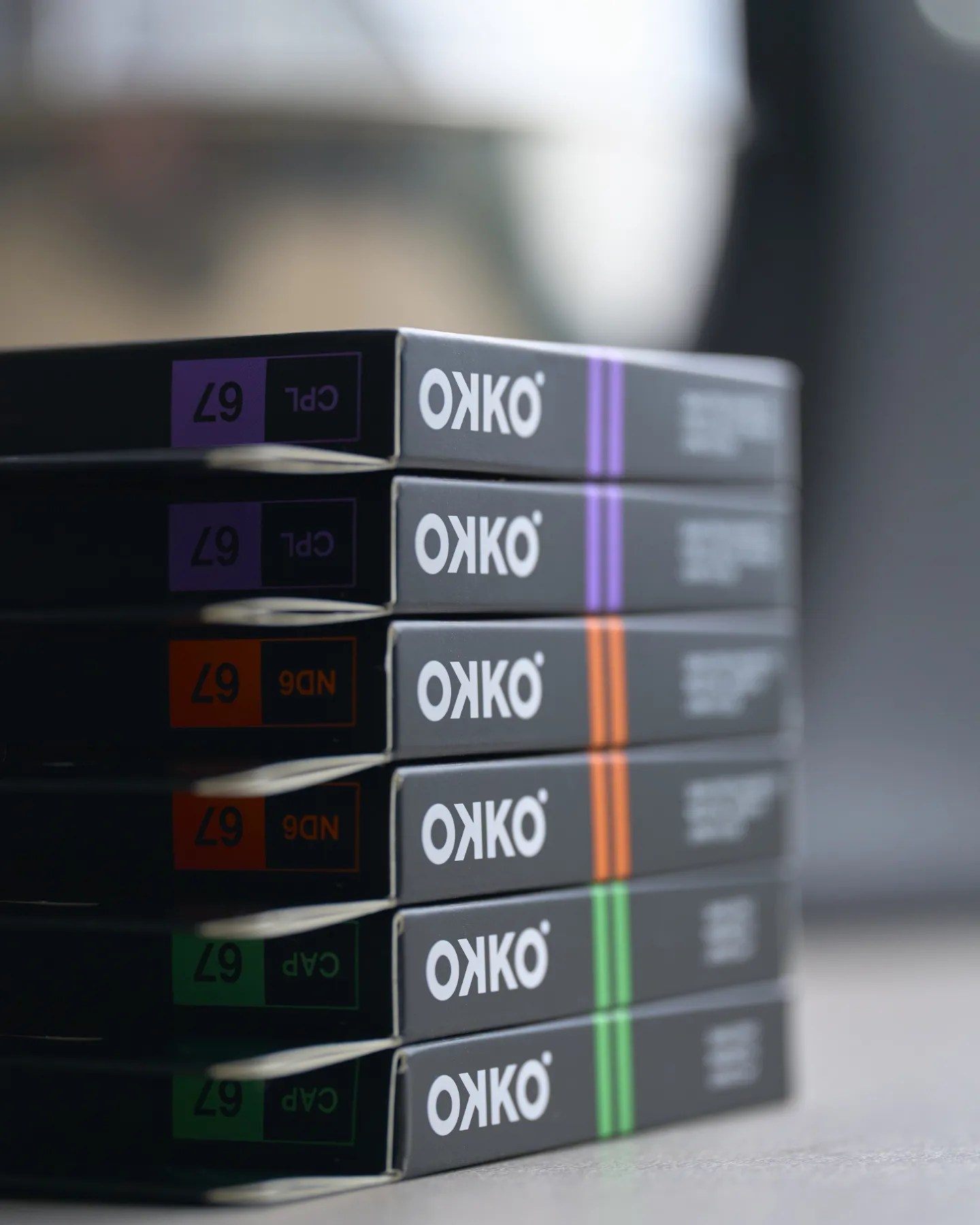The post New Gear Alert: Mini Flash, Maxi Fun! iT20/22 from Godox appeared first on Digital Photography School. It was authored by Sime.
Introducing iT20/iT22 iFlash Camera Flash. 45g Ultra-compact body with TTL function, perfect for both indoor and outdoor use, easily fits in your pocket for anytime creativity. Innovative magnetic accessories for quick light effect switching, creating unique atmospheres and creative possibilities.
Smart TTL, Effortless Results
Say goodbye to complex setups. Our mini TTL flash delivers perfect lighting instantly, empowering you to shoot faster and smarter.
45g Ultra-Compact Design
Its featherlight build takes up minimal space, ensuring you’re always prepared to seize life’s precious moments.
One-Touch M/TTL Mode Switching
Toggle between manual and TTL modes instantly via a dedicated button. The high-definition display shows clear, real-time settings for rapid adjustments.
Magnetic Accessories: Creativity Unleashed
Equipped with magnetic snap-on diffusers, color filters (CTO/CTB), creative gels, and honeycomb grids, the iT20/iT22 transforms light in seconds. Experiment with atmospheric effects and craft distinctive visual stories.
700+ Flashes & 1.5s Recycling
Shoot uninterrupted with 1.5-second recycle times at full power and a remarkable 700-flash battery endurance.

Precise Power Control
Adjust flash intensity across 6 stops (1/32 to 1/1 power) in precise ±1/3-step increments for total command over your lighting.
Lightweight Lithium Battery
The built-in lithium battery charges swiftly via USB-C—keeping your creativity powered through extended shoots.
Elevate your flash—literally
The Optional TR TTL Hot Shoe Riser lifts your flash by 30mm, ensuring better clearance from the frame edge when using wide or protruding lenses. Compatible with Canon E-TTL II, Nikon i-TTL, Sony, Fujifilm, OM System and Panasonic TTL systems, it supports both auto flash and High-Speed Sync (HSS) functions. A 0-90° tilt adjustment gives you the flexibility to shoot with direct or bounce flash.
*Recommended for use with Godox camera flashes under 300g for optimal balance and stability.

What’s in the box
| Flash Body×1 | USB-C Charging Cable×1 | Storage bag×1 | Magnetic Spreader×1 |
| 1/2 CTO Magnetic Color Filter×1 | 1/1 CTO Magnetic Color Filter×1 |
Optional
| Softbox iT20-DF?Compatible with iT20? | iFlash On-Camera Flash Light Magnetic Attachment MA01 |
| Model | iT20 C/N/S/F/O | iT22 C/N/S/F/O |
| Compatible Camera Models | C: Canon cameras (E-TTL II auto flash) N: Nikon cameras (i-TTLauto flash) S: Sony cameras (TTL auto flash) F: Fujifilm cameras (TTL auto flash) O: OM System/Panasonic cameras (TTL auto flash) | |
| Built-in Lithium Battery | 7.4V, 300mAh | 7.4V, 300mAh |
| Input | 5V?0.6A | 5V?0.6A |
| Charging Time | Approx. 1h10min | Approx. 1h10min |
| Flash Times (1/1 Power) | Approx. 700 | Approx. 700 |
| Recycling Time (1/1 Power) | ?1.5s | ?1.5s |
| Flash Power Levels | 1/32?1/1, adjustable in ±1/3 increments | 1/32?1/1, adjustable in ±1/3 increments |
| Operating Environment Temperature | -10?~+50? | -10?~+50? |
| Synchronization Trigger | Hot Shoe | Hot Shoe |
| Dimensions | 41.5mm×41mm×32mm | 40mm×64mm×28mm |
| Net Weight | ?45g | ?52g |
The post New Gear Alert: Mini Flash, Maxi Fun! iT20/22 from Godox appeared first on Digital Photography School. It was authored by Sime.




